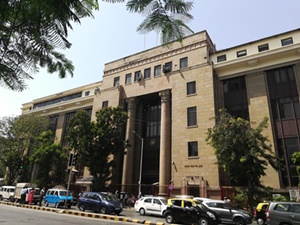
The Reserve Bank of India (RBI) admitted that, during financial year 2022-23 the country’s banks wrote off bad loans amounting to Rs 2.09 lakh crore. This revelation followed a recent Right to Information (RTI) inquiry filed by The Indian Express. If that sound like a big figure, hang on. The total write-off by the banking sector over the past five years now works out to a staggering Rs 10.57 lakh crore. The latest write-off followed a bad loan write-off of Rs 1.75 lakh crore in 2021-22, and Rs 2.03 lakh crore in 2020-2021. This seemed to have been the government’s attempt to sweep the danger signs under the carpet. Banks now showed that they had reduced gross non-performing assets, or defaulted loans, to a 10-year low of 3.9% of advances. Banks’ gross NPAs were down to Rs 5.55 lakh crore in end-March 2023 from Rs 10.21 lakh crore in end-March 2018. India’s banks have written off a total of Rs 15.31 lakh crore since the year ended 2013, according to RBI data. In the last three years banks could recover just Rs 1.09 lakh crore from the Rs 5.87 lakh crore of loans written off in the last three years. In other words, they showed a recovery rate of just 18.60% during this period. What is unfortunate is that the names of the defaulters, who have really benefited from the exercise, is shrouded in secrecy. Neither the banks nor the RBI disclose the identity of such defaulting borrowers. So what happens when debts are written off from a bank’s balance-sheet? Quite simple. In one sweep these assets disappear from the balance sheet, ostensibly because the bank does not expect to recover its money. Economists criticize this practice. But banks justify it as a means to ‘clean up’ their books. They may retain a portion of the value as assets because they still anticipate some recovery. But, overall, it’s a disaster. Who benefits? Usually, prominent industrialist defaulters. Who loses? Millions of bank depositors, whose money the banks have played with. Who should lose face? The government, which claims it has employed robust recovery efforts.The report further mentions that individual banks such as Bank of Baroda, Bank of India, Bank of Maharashtra, Canara Bank, Central Bank of India, IDBI Bank, Indian Overseas Bank, Punjab and Sind Bank, Punjab National Bank, State Bank of India, UCO Bank, and Union Bank of India, experienced reductions in NPAs due to write-offs. Source: https://www.domain-b.com/
Categories: Finance,
India,
Media
